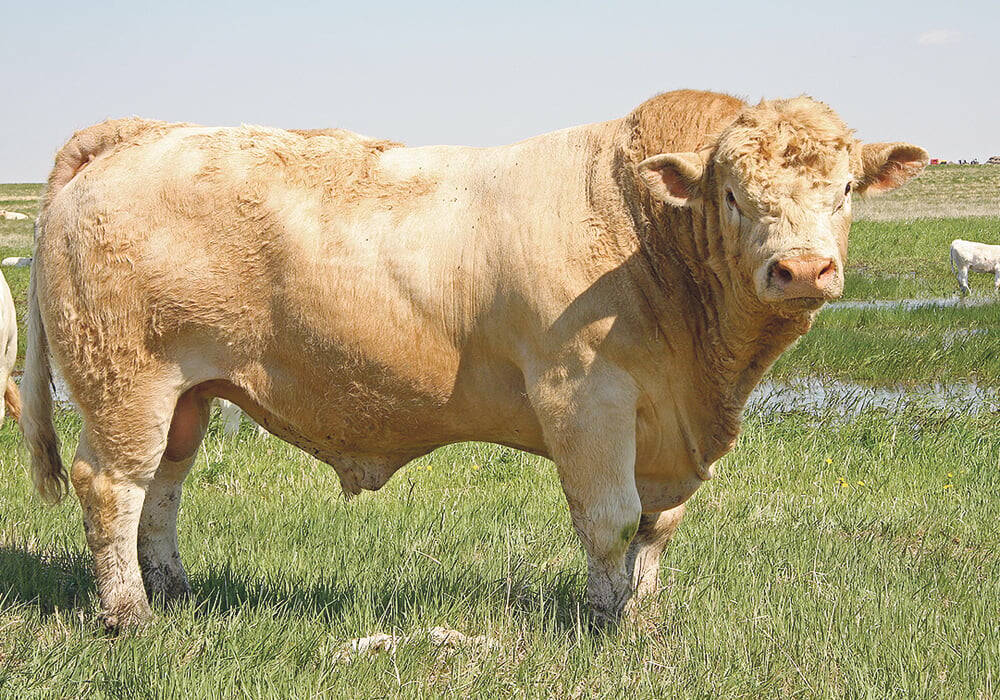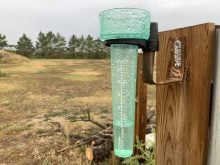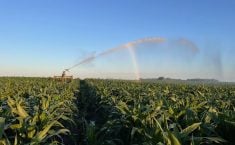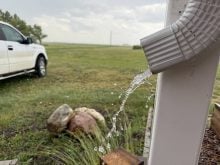Response to disasters, water management and irrigation were the agricultural highlights of Alberta’s recently released 2024 provincial budget.
The Ministry of Agriculture and Irrigation’s operating expenses received a bump of 9.7 per cent, rising from $77 million in 2023-24 to $870 million for 2024-25.
That includes a $49-million increase in reinsurance costs for the Agriculture Financial Services Corporation (AFSC).
Read Also

New research sheds light on infertility in bulls
Southern Alberta researchers make ground-breaking discovery in sperm function examining male infertility in bovines.
“This is due to increased purchases of reinsurance for the AgriInsurance and Livestock and Hail programs, which are needed to ensure that sufficient funds are available to finance future losses from disasters,” read the document.
Budget 2024 also provides $9 million in additional operational funding for water management, including an investment of $5 million per year for canal maintenance “to ensure that Alberta farmers and communities have reliable and safe water supplies.”
The capital plan also includes $400 million over the next three years for water management infrastructure, plus irrigation projects and rehabilitation.
Last year, the government announced a new agri-processing investment tax credit, which laid out a 12 per cent non-refundable credit for eligible capital investment of at least $10 million, if those projects built or expanded agri-processing facilities in Alberta. Up to $175 million in tax credits is available for each project. To date, three applications – for a total $120 million in investment value – have been conditionally approved.
Other mentions agriculture were thin on the ground in the new budget.
Fiscal plan
The province’s fiscal plan for 2024 to 2027, however, painted a not-so-rosy picture of the state of Albertan agriculture.
According to the plan, primary agriculture is expected to weigh on exports in 2024, with crop export volumes forecast to retreat this year as prices moderate.
“Crop yields were below average in 2023 due to dry weather conditions, although they came in better than expected, supported by improved crop varieties and weed control products, along with the use of moisture conserving farming practices,” read the report.
“Nonetheless, lower volumes coupled with moderating prices will weigh on the value of crop exports, which is forecast to decline this year.”
According to the document, the provincial government is “actively planning” for potential drought conditions that could impact agricultural production and exports in the near term.
The paper also outlined the struggles of Alberta’s livestock sector.
“Dry conditions have generally reduced water supplies and led to poor pasture conditions and lower feedstocks for wintering cattle. Those conditions, together with historically high cattle prices in 2023, encouraged producers to market their feeders earlier and cull their cow herds more aggressively,” it read.
“Limited herd expansion has led to tighter cattle supplies and smaller calf crops, which are expected to dampen live cattle exports in 2024.”
It also noted that Alberta’s swine herd “remains under pressure.”
“Tight labour markets, higher production costs and investments needed to upgrade production systems to serve consumer preferences and meet regulatory requirements are eroding margins for hog producers,” it said.
“Although hog prices are expected to improve in the second half of 2024, lower production and a need to sustain domestic demand will weigh on export volumes.”
















